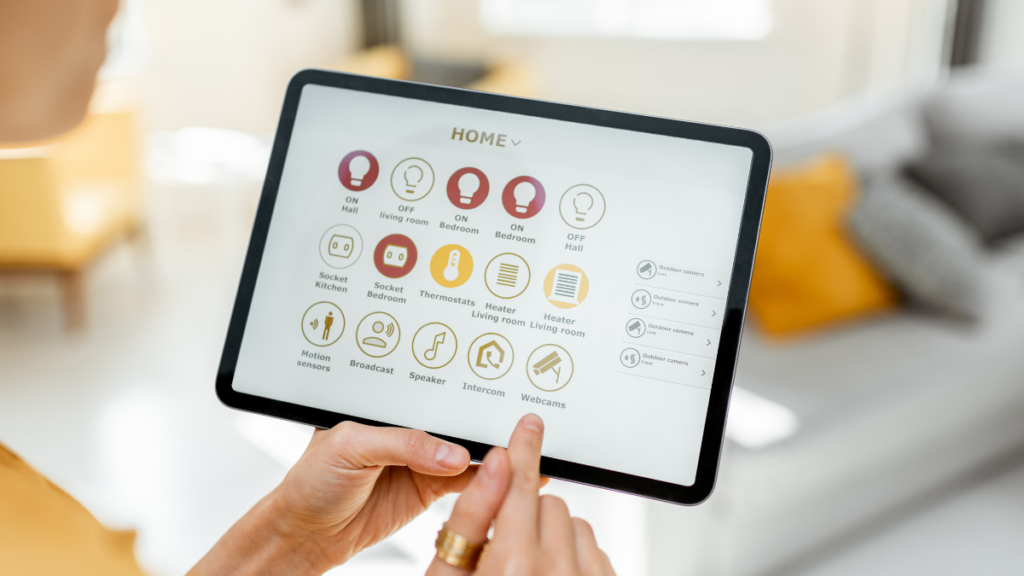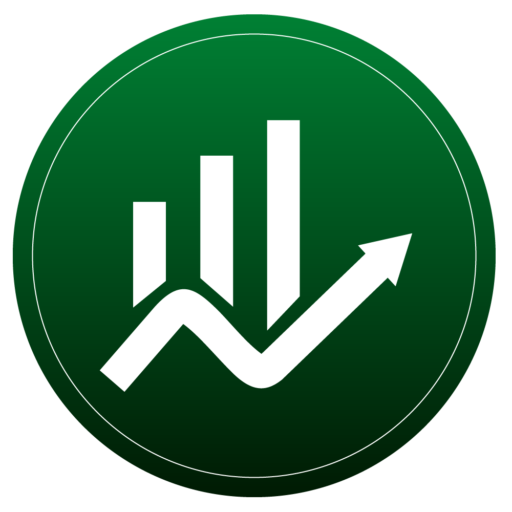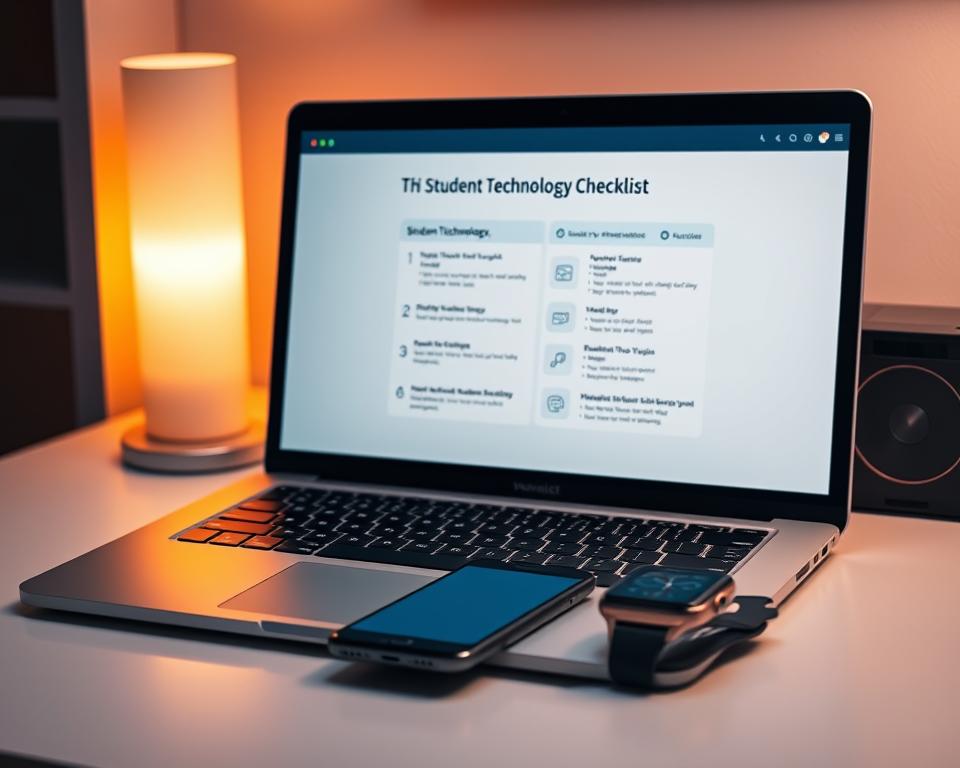Anúncios
Smart Homes, Smarter Living: Embracing the Future of Home Automation Today

Home automation has transformed the conventional residence into a smart home, where devices and systems are interconnected to cater to your needs with minimal effort on your part.
Your lights, heating, and even kitchen appliances can be controlled with simple voice commands or the tap of a smartphone.
This wave of technological advancement has not only enhanced the way homes function but has also offered unprecedented control and customization of your living environment.
The trend of smart living is rapidly gaining momentum, fueled by the increasing accessibility of Internet of Things (IoT) devices.
These gadgets are designed to automate tasks and provide you with real-time data about your home’s energy consumption, security, and maintenance needs.
Whether you’re at home or halfway around the world, you can monitor and manage your domicile with ease.
This integration of technology into everyday life promises to make your home safer, more energy-efficient, and significantly more comfortable.
As smart home technology evolves, so does the potential to personalize your living space to your exact preferences.
From smart thermostats that learn your temperature preferences to lighting systems that adjust according to the time of day, your home can be programmed to respond to your unique lifestyle.
The convenience of home automation extends beyond simple comforts; it can also lead to substantial savings on utility bills and provide peace of mind with advanced security features.
Embracing these smart living trends could very well be your step towards a more convenient, efficient, and enjoyable lifestyle.
Essential Components of Home Automation
In building your smart home, certain elements form the core of home automation, ensuring efficiency, convenience, and integration.
Smart Hubs and Controllers
Smart hubs and controllers are your home automation system’s brain. They allow your smart devices to communicate with one another.
For example, Amazon Echo and Google Home let you manage various devices using voice commands or through a smartphone app.
Sensors and Actuators
Sensors are crucial for automation, detecting changes like motion or temperature, and sending this information to your system.
Actuators then carry out the system’s response, such as turning lights on/off. Motion sensors and smart thermostats are common types of sensors and actuators in home automation.
Connectivity: Protocols and Standards
Your smart home devices need to communicate, typically using wireless protocols like:
- Wi-Fi: The most common way to connect your smart devices to the internet.
- Zigbee and Z-Wave: Low-power networks for various devices.
- Bluetooth: Often used for short-range device connection.
Understanding these standards is key to ensuring device compatibility and seamless operation.
Home Automation Trends and Applications
As smart technology continues to evolve, your home can become more efficient and responsive to your needs.
Here are the latest trends in home automation and how they are applied to create a smarter living experience for you.
Voice-Controlled Devices
Voice-controlled devices have transformed the way you interact with your surroundings.
Amazon Echo and Google Home are popular examples that allow you to control other smart devices, set reminders, and access information all with simple voice commands.
Energy Management
Energy management systems are designed to optimize your home’s power consumption.
Smart thermostats like Nest and smart light bulbs can be programmed or adjust themselves based on your behaviors, leading to potential savings on your energy bills.
Security and Surveillance
Keeping your home safe is easier with smart security and surveillance systems. Wi-Fi-connected cameras, like Ring and Arlo, offer live streaming and alerts on your phone.
Smart locks allow you to control access remotely, giving you security at your fingertips.
Smart Appliances
Your household appliances are smarter than ever. A smart refrigerator can track expiry dates and create shopping lists, while smart ovens can preheat on a schedule.
These appliances integrate seamlessly into home automation for enhanced convenience.
Health and Wellness Monitoring
Wearable devices and smart health monitors are key for tracking your wellness. They synthesize data on sleep patterns, heart rate, and physical activity.
By integrating with other home automation systems, they help maintain a healthy environment for you to live in.



